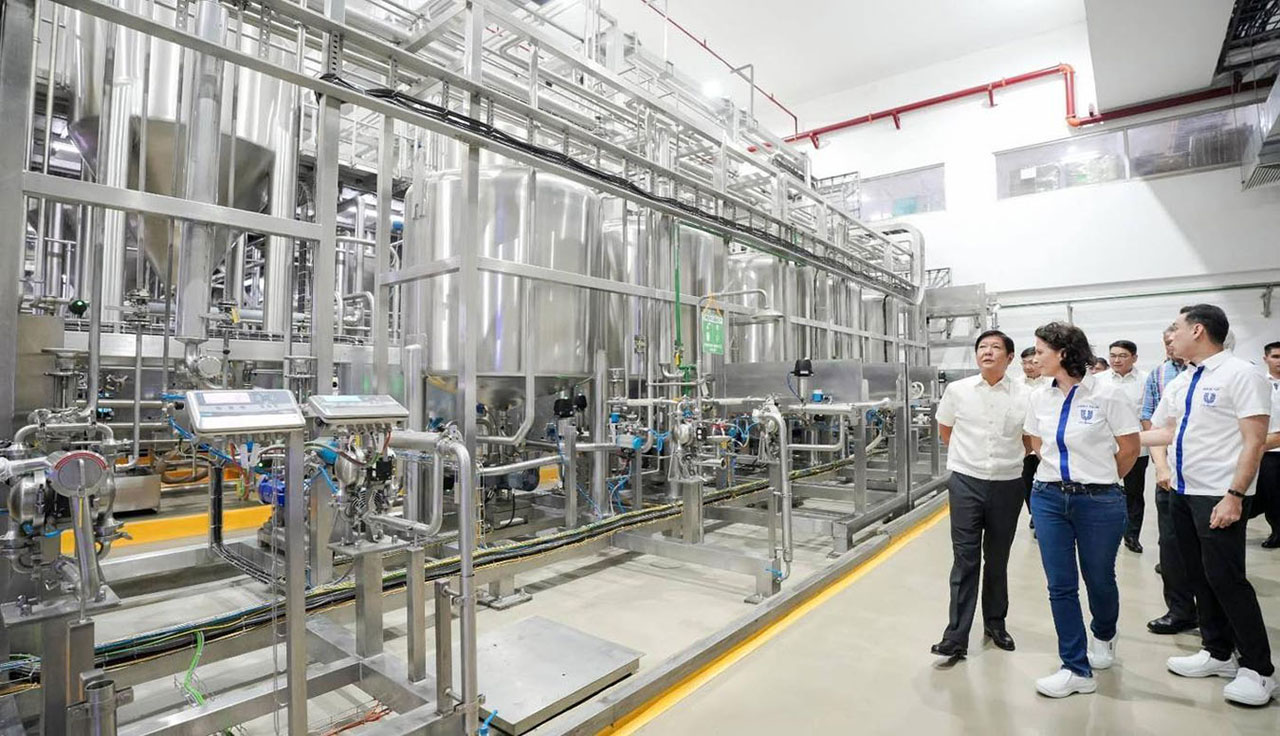Manufacturing output growth expands in February

Mariedel Irish U. Catilogo, Researcher
Factory output growth rose to its fastest in five months in February amid increased demand, the Philippine Statistics Authority (PSA) reported on Friday.
Preliminary results in the PSA’s latest Monthly Integrated Survey of Selected Industries (MISSI) showed factory output, as measured by the Volume of Production Index (VoPI), grew by 8.9% year on year in February from 2.6% a year ago.
This was faster than the revised 6.2% annual growth in January.
This was also the fastest growth in five months since the 9.5% growth in September 2023.
The sector’s output has been in positive territory for 20 straight months.
On a month-on-month basis, the manufacturing sector’s VoPI decreased by 0.9%, a turnaround from the 4.4% growth in January. Stripping out seasonality factors, output rose by 4.1% from the 0.3% drop in the previous month.
Year to date, factory output averaged 7.5%, faster than the 4.6% average growth recorded in the same period last year.
To compare, S&P Global Philippines Manufacturing Purchasing Managers’ Index (PMI) inched down to 50.9 in March from 51 in February. A reading above 50 marks improvement for the manufacturing sector while anything below indicates deterioration.
John Paolo R. Rivera, president and chief economist at Oikonomia Advisory & Research, Inc., said the local and international demand buoyed the expansion of the manufacturing sector.
“With [the] exchange rate demonstrating depreciation since last year from P54 per US dollar to P55-56 per US dollar this year, there is [an] incentive for increased production of exportables — computer, electronic, and optical products among them,” he said in an e-mail.
Manufacturing of computer, electronic and optical products’ VoPI recorded the highest annual increase at 13.4% in February, a turnaround from a 1.4% decline in the previous month.
The statistics agency said the growth in the VoPI of the industry divisions in February was also led by the manufacture of coke and refined petroleum products (22.1% in February from 49.2% in January) and manufacture of food products (9.2% from 5.2%).
Meanwhile, manufacturing and repair and installation of machinery and equipment had the largest decline at 23.7% in February from the 12.9% drop in the previous month.
In a phone interview, Philippine Exporters Confederation, Inc. (Philexport) President Sergio R. Ortiz-Luis, Jr. expects the sector to continue to grow amid increasing inflation.
“Inflation will play a small part in the operational computation. I expect this growth to continue unless indicators drag it or factors such as rising inflation, exchange rates, geopolitical tensions, and sanctions as well as logistics problems,” Mr. Ortiz-Luis, Jr. said.
Inflation in March increased to 3.7% year on year from 3.4% in February, making it the fourth straight month that inflation settled within the Bangko Sentral ng Pilipinas’ 2-4% target range.
Average capacity utilization — the extent to which industry resources are used in producing goods — averaged 75% in February, down from 75.2% in the previous month and 72.7% in February 2023.
All industry divisions recorded an average capacity utilization rate of at least 60% for the month, with the manufacture of leather and related products, including footwear recording the slowest growth at 62.9.
“Factory output is expected to be on an uptrend given increased demand and the role of exchange rate in driving export production,” Mr. Rivera said.
